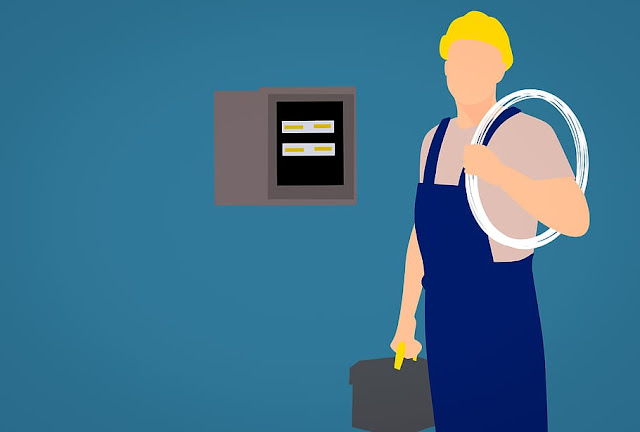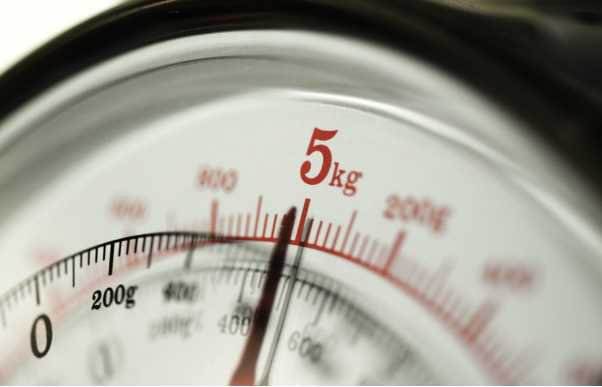How to Avoid OSHA Violations at Your Drilling Rig
The health and safety of workers in the oil and gas mining industry are major concerns. Exposure to hazards, extreme work environments, and accidents while operating heavy machinery means that oil/gas industry employees are at a higher risk of injuries and fatalities.
As a result, the Occupational Safety and Health Administration (OSHA) has outlined certain precautions that help prevent accidents and keep your employees and worksite safe. Significant focus has been put on inspecting oilfield worksites, so you want to be prepared for any unexpected visits at your facility at all times.
Staying prepared means that not only do you get to avoid fines and citations, but you also keep your workers protected.
Let’s take a look at the top three violations on OSHA’s list, as well as the steps you can take to prevent them.
1. Inadequate Fall Prevention
According to the National Safety Council, falls are among the most common hazards in the workplace, leading to approximately 50,000 severe injuries every year. Employees can fall from slippery floors, uncovered holes in the ground, and elevated platforms.
Prevent a fall in your facility by:
· Using guard rails and toe boards for elevated workstations
· Using safety harnesses whenever necessary
· Keeping the facility floors clean and dry
2. Incorrect use of PPE
The insufficient or incorrect use of personal protective equipment (PPE) led to 1,411 citations by OSHA in 2019. Every job requires different PPE, and users must also make sure that the equipment they’re using fits them comfortably and properly.
Eye and face injuries and respiratory problems are common injuries at oil rigs that can be prevented with the correct use of PPE. To avoid these injuries:
· Provide adequate eye protection
· Carry out training on the correct use of PPE
· Conduct eye and face injury training, including proper use of eyewash stations
3. Poor Hazard Communication
For streamlined operations, your worksite must meet the receive information and training about workplace hazards and how to prevent them. Workers should know how to monitor changes in the environment using adequate sensors.
Process instrumentation equipment allows users to observe and record changes, such as pressure, temperature, and weights. To enhance hazard communication:
· Use process instrumentation tools at the worksite and conduct training to ensure employees know how to read them
· Add labels to potentially hazardous materials and locations
Invest in Oil Rig Process Instrumentation Today
Contact Instruments is a leading OEM manufacturer and supplier of torque gauges & systems, weight indicators, pressure gauges, and other drilling rig instrumentation in Canada and the United States. Get in touch with the company today for more information on their products.





Comments
Post a Comment